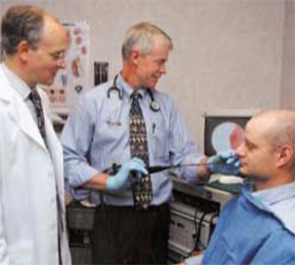With more and more patients doing their own searching for the “right” doctors, those otolaryngologists who stand out the most—a goal usually accomplished with help from a reputable public relations firm—are more likely to get the lion’s share of business.








